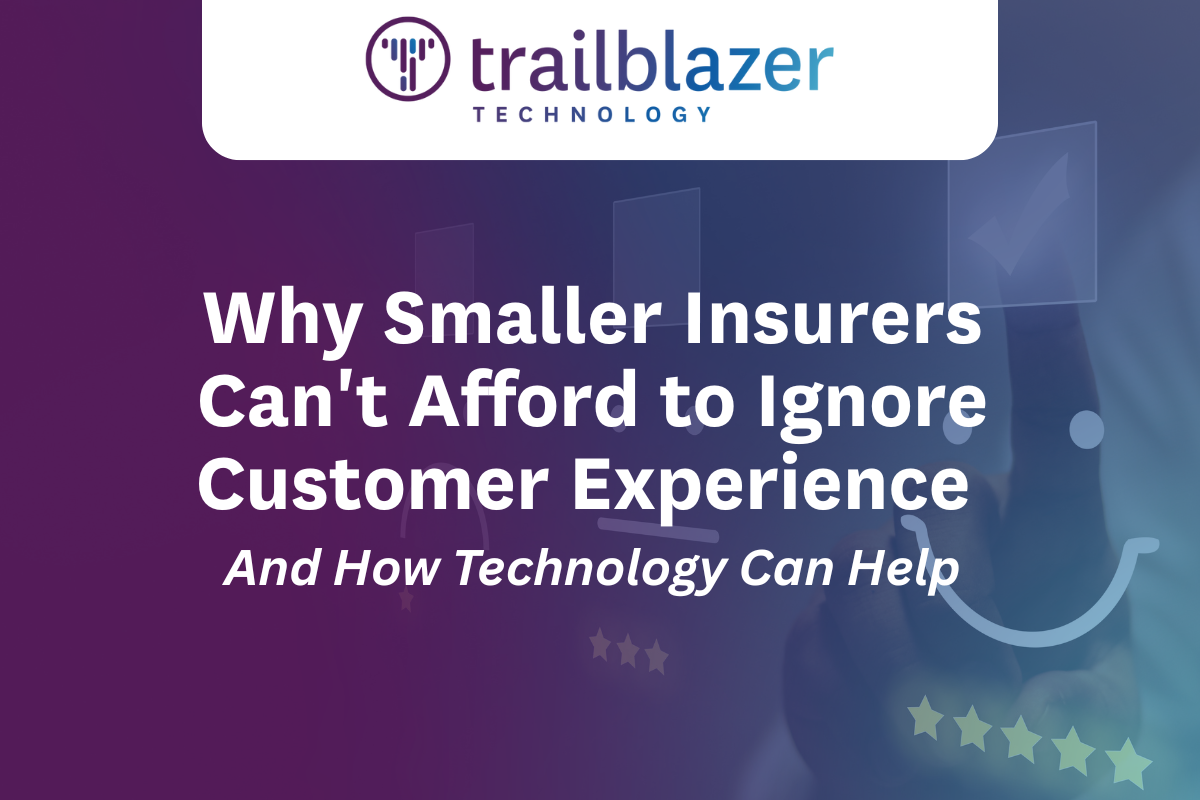2 min read
Future Proofing for Smaller Insurers
Policy Admin for Smaller Insurers For smaller insurers, the concept of "future-proofing" your business might seem daunting amidst an ever-evolving...
3 min read
Jake Williams
:
Jul 30, 2025 10:56:55 AM
.png)
In today's data-rich world, simply collecting information isn't enough. For smaller insurers, the true power lies in transforming raw data into actionable business insights. A modern core insurance system goes far beyond merely processing policies and claims; it serves as a central hub for data, offering robust analytics capabilities that can unlock strategic advantages, improve decision-making, and drive profitability.
Here's how leveraging data analytics in your core insurance system can unlock valuable insights:
By harnessing the power of data analytics within a modern core system, smaller insurers can gain unparalleled insights into their operations, customers, and market. Trailblazer-Analytics™ provides robust analytics capabilities, empowering you to move from simply managing data to actively leveraging it for strategic advantage and increased profitability.

2 min read
Policy Admin for Smaller Insurers For smaller insurers, the concept of "future-proofing" your business might seem daunting amidst an ever-evolving...

3 min read
In the past, digital customer experience in the insurance industry was often an afterthought, particularly for smaller insurers focused on localized...
.png)
2 min read
For both insurers and policyholders, the claims process can often be a source of stress and inefficiency. However, the advent of modern technology,...